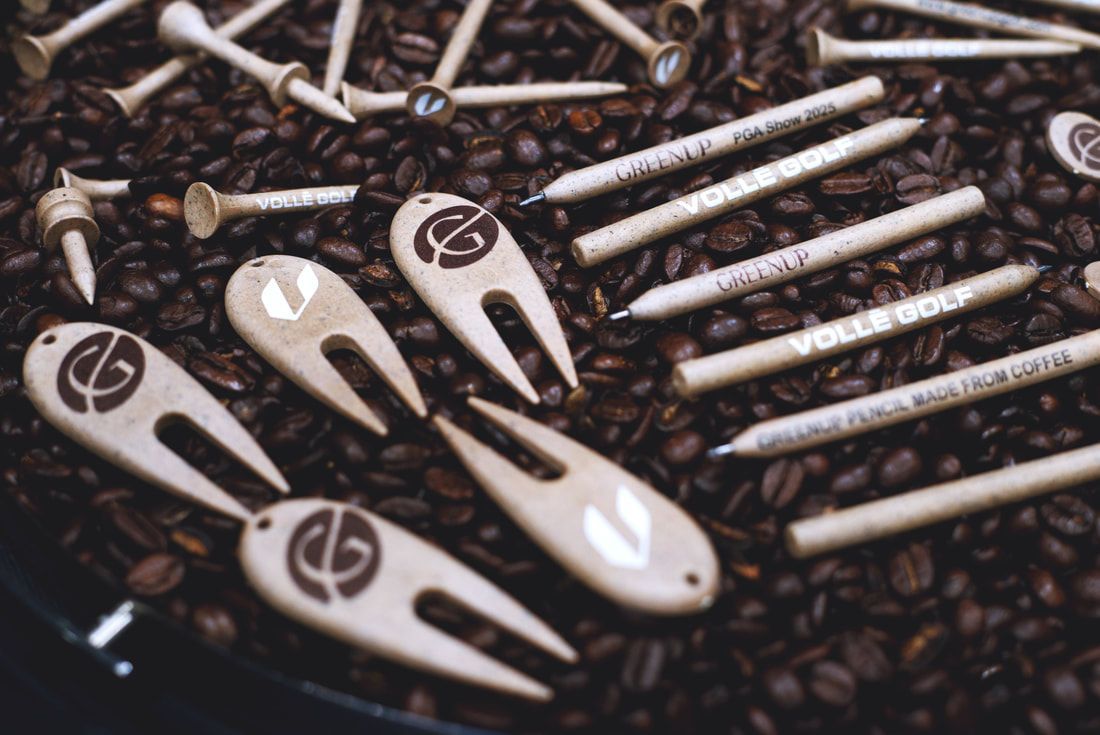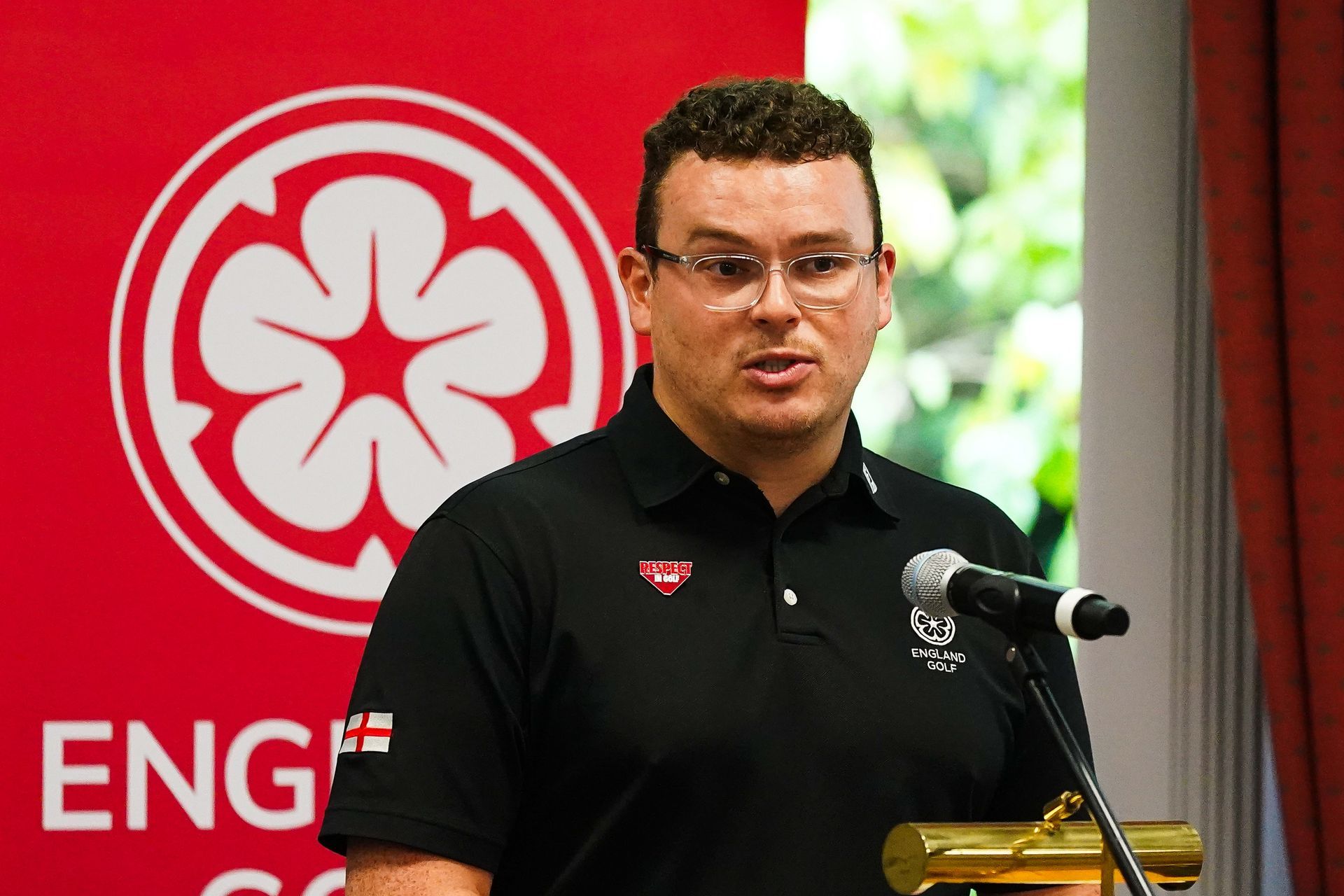Why a successful golf journalist became a champion for golf sustainability

What sparked your interest in sustainability?
Working as a golf journalist for over 25 years, on an international basis, I realized that more and more clubs, owners and tournaments were facing problems especially with water, fire and storms. In 2019 sustainability wasn't a big topic yet, but you could see that problems were piling up; as first tournaments in Australia had to be cancelled because of air quality and then tournaments like The Open started to struggle with flooded greens and extreme weather.
Why did you decide to move away from your successful career as a golf journalist, and set-up GOLF SUSTAINABLE?
Professional golf developed into a very money-minded business over the years. I realized that by covering just sports, I couldn't really have an impact on more essential problems. I had been interested in nature as a teenager and became a member of a large NGO when I was just 14. Besides that, I learned a lot about golf course design over the years, because my husband is a golf course architect. Resources and land use have often been a topic at home. I switched the topic because I wanted to have a positive impact on important issues like climate change, biodiversity and plastic pollution. As I am a golf expert and have a big network, it made sense to found a platform where I was able to combine solid journalism with these topics.
As an expert in the field, what do you think the golf industry should be doing to become more sustainable?
I think that the golf industry has to befriend the idea that old success models are not future-proof. In the end, the industry has to realize that growth has to be defined in a different way to make golf a sustainable sport. Less is the new More. In my opinion, that is the only way golf will be accepted by the wider public in the future. Besides that it will be the only way to make golf economically sustainable.
GOLFING GREEN
GOLFING GREEN is an affiliate marketing website. We may earn commission from sales made via links from this site.
GOLFING GREEN






